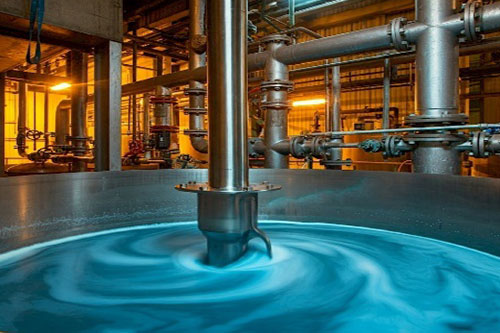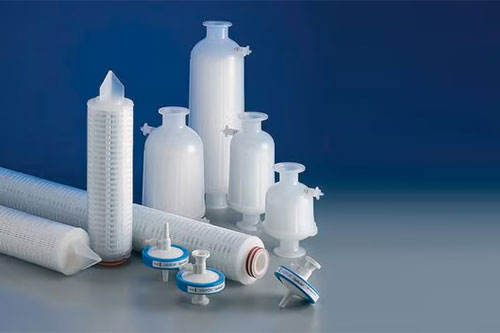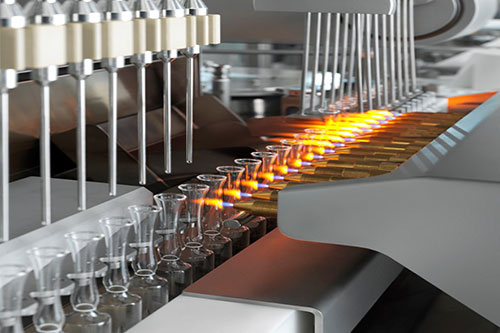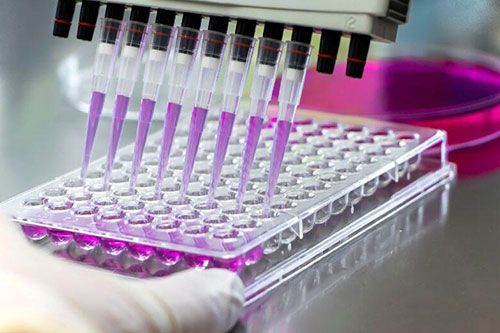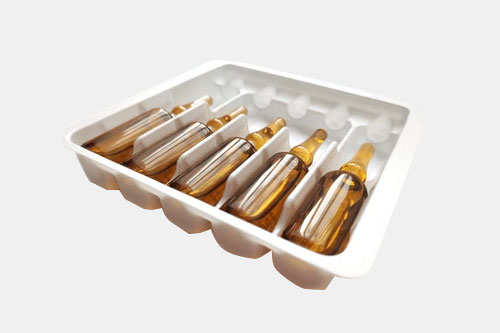Injectable Vitamin C: The Complete FAQ Guide In 2025
Are you feeling tired, looking to boost immune system and struggling with vitamin c deficiency? Do you want quick booster? Injectable vitamin c may be the solution- directly enters into blood stream and speed up your recovery. It doesn’t only have antioxidant properties but also gaining attention in dermatological areas for skin rejuvenating.
Imagine getting this injection-but before this what made it so powerful? And why is it gaining popularity like wild fire? The secret lies in different ingredients, used in manufacturing of injectable vitamin c that made it effective than oral vitamin c.
If you have heard that it is used by biohacker and you might be curious to know- What is injectable vitamin c? how can you use? When to use? Any reaction? What is the difference between injectable vitamin c and oral vitamin c? You are on the right place. In this guide, you will get all related questions on injectable vitamin c.
1.What is injectable vitamin c?

Injectable vitamin c
Injectable vitamin c is solution-based injection of vitamin c that goes directly into blood stream, bypassing stomach. It is administered either through vein, into muscle or under the skin. People get injectable vitamin c in order to quickly treat vitamin c deficiency, combat fatigue, improves skin health, chronic diseases like cancer. This antioxidant injection helps to strength physical health by deliver pure, concentrated vitamin c. Outside world of disease, it can be used as immune booster in wellness. This water-soluble form of ascorbic acid contains different ingredients such as stabilizer, preservatives etc. that enhance its effectiveness and shelf life.
2.Do you know uses of injectable vitamin c?
Are you still sipping out fruits for vitamin c boost? You don’t have to remember pills timing to boost vitamin c in your body. There is quick or powerful shot that will prove miracle cure, do you know what it is? That is injectable vitamin c. From treating chronic disease to improving skin health, its benefits go beyond nutrition. Let’s discuss uses of injectable vitamin c.
Support immune system
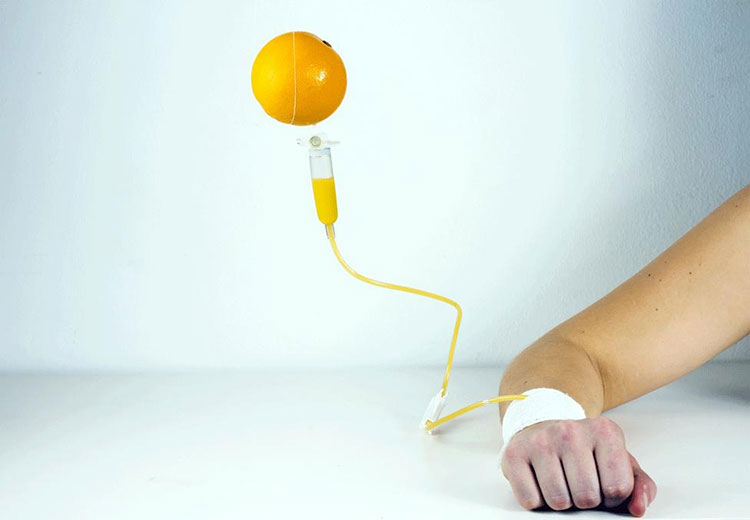
Support immune system -Picture courtesy: sohma.org.com
Injectable vitamin c is used to boost immune function. When an infection attacks your body, vitamin c level drops. In this situation, receiving injectable vitamin c can reduce the severity by enhancing production of body defense cell (white blood cells), and increases production of interferon,
Skin health
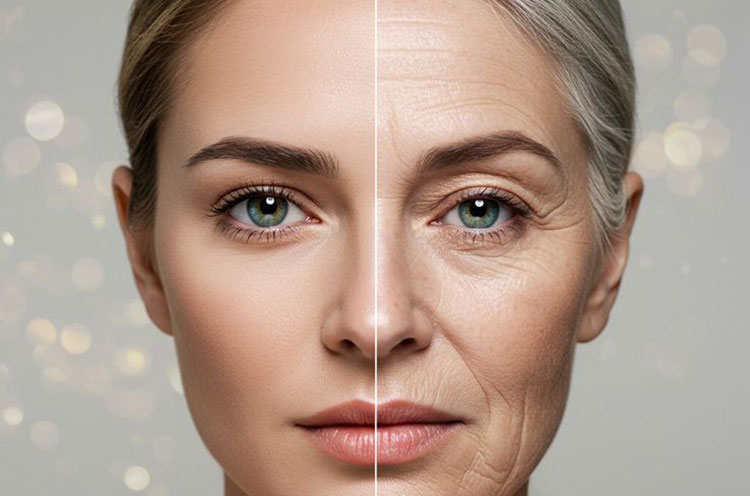
Skin health
Do you know how some people skin glow and stays fresh? Injectable vitamin c is highly demandable in market as people are way more conscious for skin health. This gives a skin a glowing dose by collagen production, reduces pigmentation, brighten skin tone etc. Even for antiaging, vitamin c drips are used which promotes cellular growth. This slows down aging process.
Vitamin c deficiency
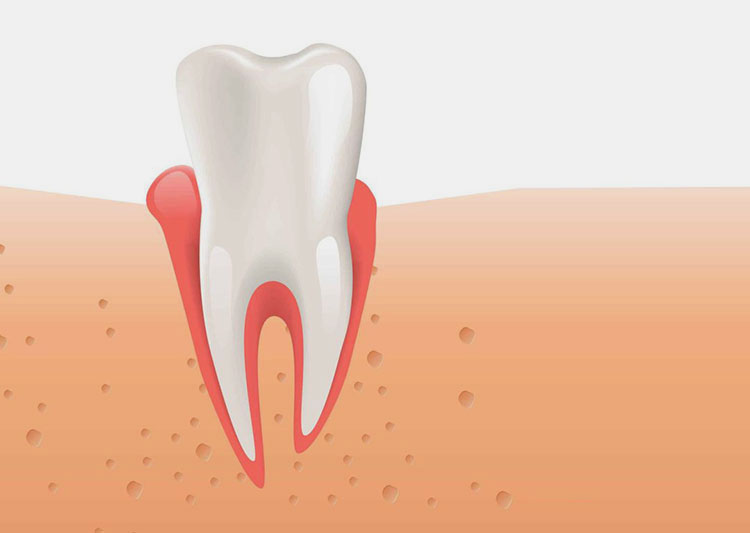
Vitamin c deficiency
Vitamin c deficiency is known as scurvy. Exhaustion, bleeding gums, slow-healing process, weak immune system and others, the main root cause behind these problems is vitamin c deficiency. Injectable vitamin c is the solution to these problems. It gives fast response by activating your body powerhouses. Thus, say bye to your colorless and dull life by vitamin c injection.
Treat chronic illness
This antioxidant treasure supports treatment of chronic illness. This anti-inflammatory injection treats cardiovascular disease, neurodegenerative diseases by minimizing oxidative damage. Can you imagine this vitamin injection support cancer treatment? You might be amazed. It produces hydrogen peroxide that are harsh to malign tumor cells; by acting as a pro-oxidant.
Post-surgical recovery
After surgery, injectable vitamin c is recommended to speed up healing process. Some of the wounds heal fast than others because injectable vitamin c enhance collagen production, tissue repair, that’s what body needs after surgery.
Support detoxification

Support detoxification
Liver in body carried out operation of detoxification of heavy metals. Injectable vitamin c quickly flushes out toxin from liver, what an oral vitamin c supplement can’t do. But how? By eliminating harmful substance and removing free radicles. Glutathione production, a key player in managing liver function, is speed up by this injectable solution.
3.How does injectable vitamin c administer?
When there is lack of vitamin c or to administered generally for overall physical wellbeing, oral supplement of vitamin c is not enough. For quick and fast absorption, injectable vitamin c is used. To know the ways of administration, read below.
| Administration route | |
| Intramuscular injection
This route is chosen when moderate supply of vitamin c is required. Injectable vitamin c is injected in muscle. Absorption is typically slow as compared to when vitamin c is received through intravenous route. |
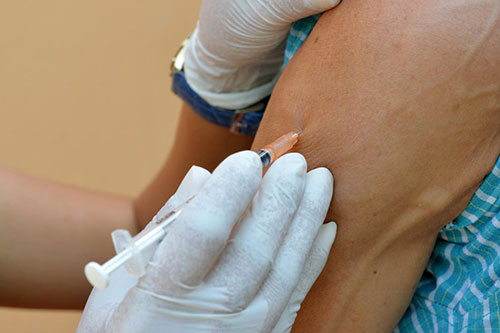 |
| Intravenous injection
This site of injection is used when person need high dose of vitamin c. However, in severe conditions like cancer, sepsis etc. solution is injected through vein via IV drip or syringe. Absorption is fast. A Cather is inserted in vein, allows infusion to minimize potential risk. |
 |
| Subcutaneous injection
This route is not recommended when high dose is required. It is best suitable for small and diluted dose of injectable vitamin c. In this route, injection is made under skin. It is not used as a standard route. |
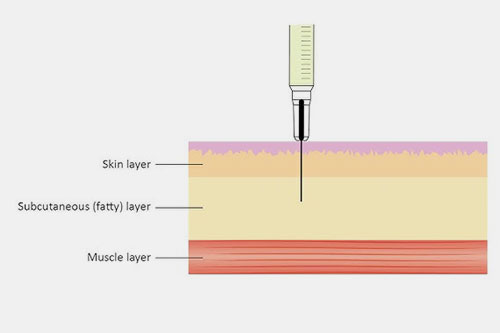 |
4.What is the recommended dosage range for injectable vitamin c?
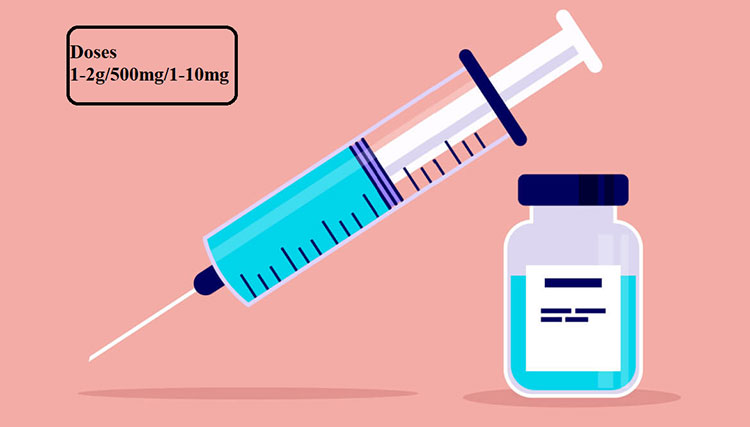
Recommended dosage range for injectable vitamin c-Picture courtesy: bicyclehealth.com
As you know that injectable vitamin c is used for treating various problems and also use in skin care fields. But each requires specific dose of vitamin c. This also depends on age, health of person, or treatment goal. Following below are the recommended dosage range for injectable vitamin c according to route of administration.
| For intramuscular administration, 1-10ml dose of vitamin c injection is recommended, depending on condition, species, and body weight. If you talk about how many doses of this for adult, it should be 1-2 grams per day. | |
| Dosage Range | Recommended dose for subcutaneous route for vitamin c is 500mg. It should not be exceeded than this, and yes, administered no more than once daily. |
| Standard dosage range for intravenous injection is 1-10mg as it is used to treat chronic illness. The dose range can be exceeded than this range but then, infusion rate should be slowed to shield from side-effect. |
5.What are the components that is used in formulation of injectable vitamin c?
In world of healthcare, beauty, have you ever wondered what really goes inside injectable vitamin c? Different components are used in formulation of injectable vitamin v. Diverse functions of this vitamin c are due to these ingredients that play their role. Let’s uncover the formulation science behind injectable vitamin c.
Active ingredient
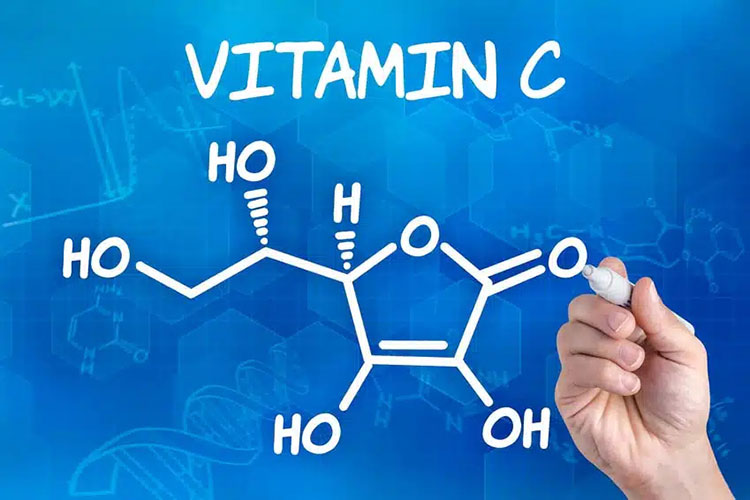
Active Ingredient
Ascorbic acid is the main active ingredient in manufacturing of injectable vitamin c, provides antioxidant properties to this solution. It is used in concentrated form. This water-soluble ingredient is critical in collagen formation, tissue repair and support enzyme reactions.
Solvent

Solvent-picture courtesy: utilities-me.com
Pharmaceutical grade sterile water is used as a solvent. It is used to dissolve ingredients together. It should meet standard compliance because liquid-based injectable solution depends on solvent and must be contaminants free as it goes directly into patient’s blood.
Buffer agent
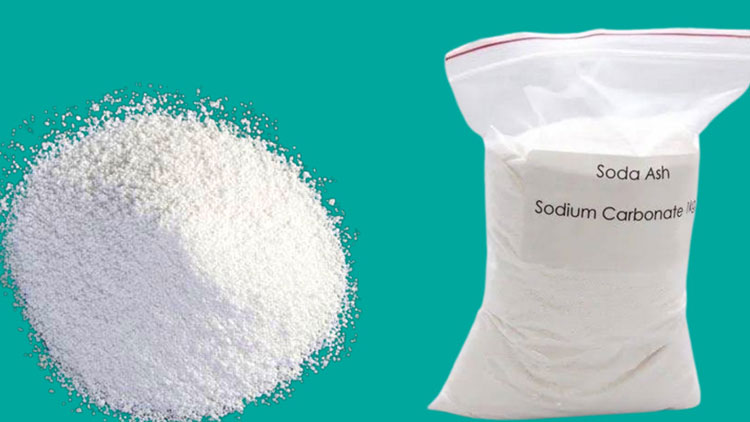
Buffer agent-Picture courtesy: politicalfunda.com
Ascorbic acid is very acidic in nature. If it is injected, it can result in irritation, inflammation and even can damage tissue. So, what should do to tackle it? A buffer agent comes in hand to reduce acidity of active ingredient. Sodium bicarbonate is used as buffer that reacts to ascorbic acid and form sodium ascorbate that make the solution PH stable.
Chelating Agent
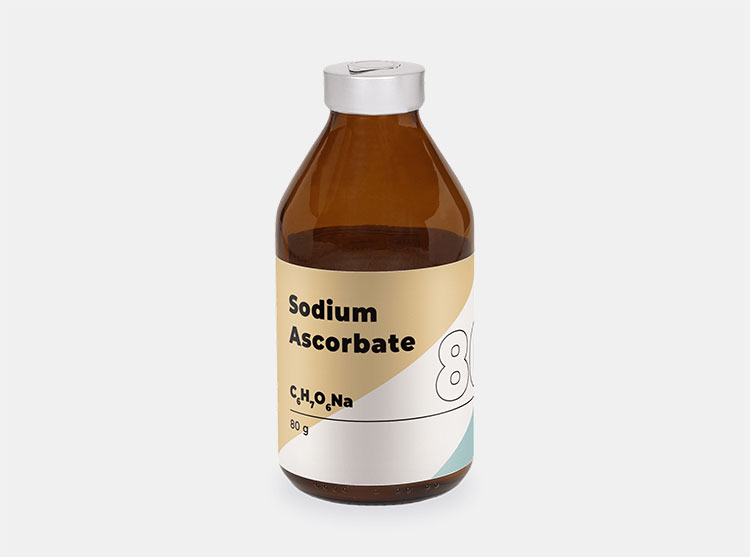
Chelating agent-Picture courtesy: visanto.com
Disodium Edetate, sodium ascorbate is used as chelating agent or stabilizer. it is used to reduce oxidation of ascorbic acid, minimize formation of free radicle otherwise vitamin c would break down. Thus, shelf life is increase by stabilizer.
6.What is the working principle of injectable vitamin c?
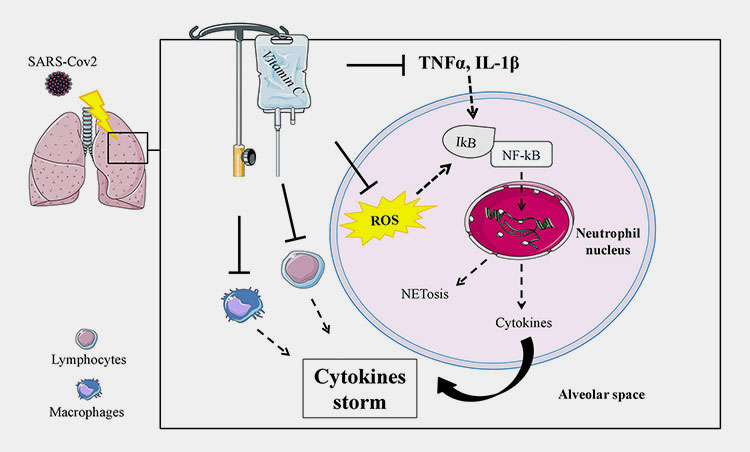
Working principle of injectable vitamin c-Picture courtesy: frontiers.com
Injectable vitamin c is administered in different ways and in each, it is directly entered blood stream where it carried out its function. But, do you know how does it carried out its function? To know this, read below.
When injectable vitamin c is injected, it enters blood stream while by-passing digestive system. It rapidly distributes in tissues like skin, liver, adrenal glands etc. from there, vitamin c enters cells taken up by SVCT1 and SVCT2; a vitamin c transporter.
It acts as a cofactor enzyme, immune supporter, skin improving agent, or an antioxidant due to rise in ascorbate level. As a cofactor enzyme, it activates collagen synthesis, neurotransmitter, or as an antioxidant, it neutralizes free-radicles while as immune booster, it enhances phagocytosis.
Excess amount of vitamin c is excreted via kidney through urine because it is water-soluble so body doesn’t store it.
7.What is the manufacturing process of injectable vitamin c?
Injectable vitamin c is not made by physically mixing ingredients together. It requires various machines in its manufacturing process. Followings below are manufacturing process of injectable vitamin c.
| Manufacturing process | |
| Raw material mixing
Raw material mixing-Picture courtesy: acesprocess.com |
To make an injectable solution of vitamin c, ascorbic acid, chelating agent, buffer and others ingredients are mixed together in mixing tank. It ensures uniform mixing in order to avoid clumps. |
| Uniform blending | In second step, a homogenizer is used to uniformly blend the above mixed solution. Here, even a big remaining particle undergo crushing. |
| Filtration
Filtration-Picture courtesy: prajhipurity.net.com |
Filtration of solution is very necessary for stability and potency of solution. Hence, sterile filtration unit is used to filter out contaminants. |
| Filling
Filling -Picture courtesy: imagroup.com |
Containers such as vials and ampoules are filled using filling line. There are sensors that detect underfilling and overfilling. Once filling is done, a desire container is sealed to protect solution from oxidation, and germs entry. |
| Quality control test
Quality control test-Picture courtesy: moraveck.com |
Before pack them in cartons, the filled vials or ampoules are tested. Reason? In order to check cracks, discoloration, ingredients extent etc. For this HPLC is used. |
| Packaging
Packaging |
Once quality control test is done, now is the time to label then. Labels are added to the container as it looks like adding appealing guise to product. Ready to cartons containers are put inside cartons. Now, your product is ready for dispatch. |
8.What are the machines used in production of injectable vitamin c?
In production of injectable vitamin c, different pharmaceutical grade machinery is used. Each their role. Let’s discuss them.
Mixing tank
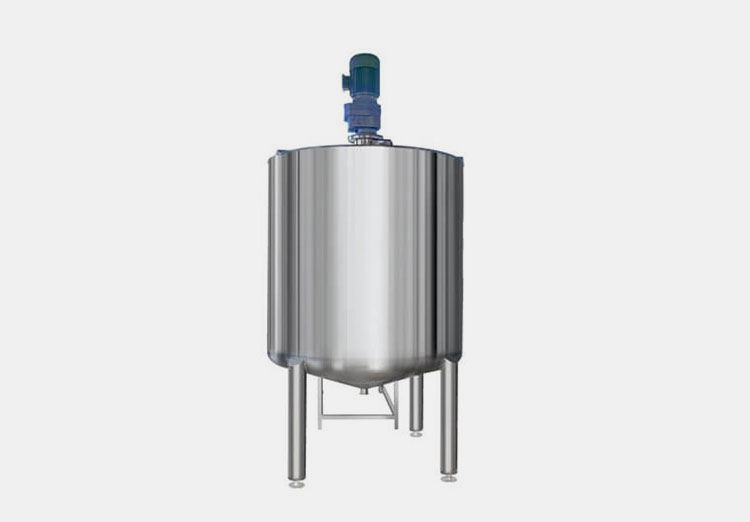
Mixing tank-picture courtesy: genhong.com
The formulation tank is stainless steel tank that ensures contamination free mixing of ingredients. These include ascorbic acid, stabilizer, solvent and other supportable components. Agitator blends and mix all of these uniformly. There is temperature control system that ensures stability of content in chamber.
Homogenizer
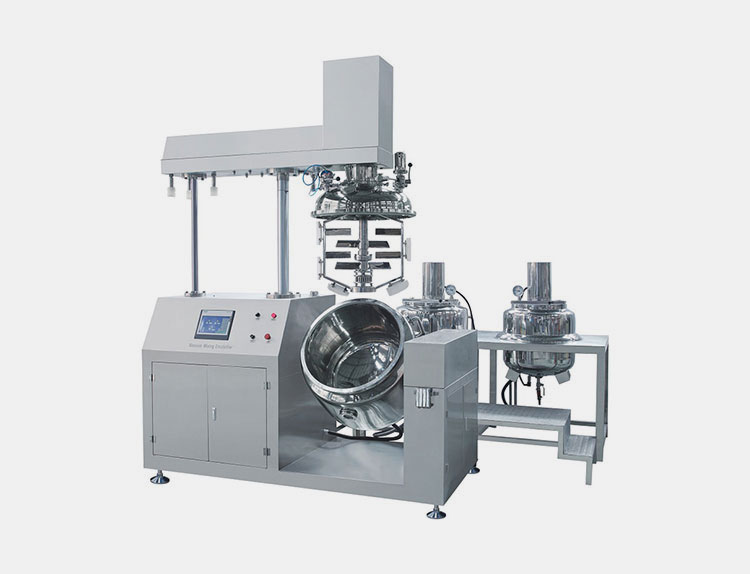
AIPAK homogenizer
For further size reduction of above mixed solution, it is transferred to homogenizer. It helps in further homogenization of solution by break down particles. This ensures a shear mixing and unique dispersion to make it suitable for injection. It contains cooling system that helps to prevent thermal degradation of solution during high pressure.
Sterile filtration unit
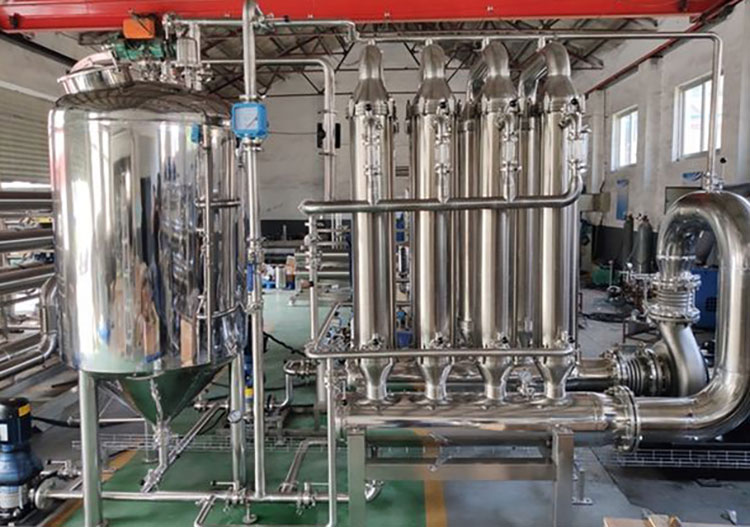
Sterile filtration unit-Picture courtesy: filsonfilter.com
Sterility of injectable solution is partly because of filtration unit. It removes bacteria, particulate matters, or microorganisms. 0.22 µm membrane filter, filter housing, pre-filter or pump re main components. A solution is passed through pre-filter where large particles are removed. Then, membrane filter is used to remove bacteria and other microbes. Now, solution is suitable for filling.
Vial filling line

AIPAK Engineering vial filling line
It composed of different machines that work in cooperation. Vials are washed using ultrasonic waves using ultrasonic washing machine. For drying and sterilization of vial, dry sterilizer is used. Once it is done, vials are passed to vial filling and stoppering machine where vials are filled with vitamin c injectable solution and then applied stoppers. Capping machine adds caps on vials.
Ampoule filling and sealing machine
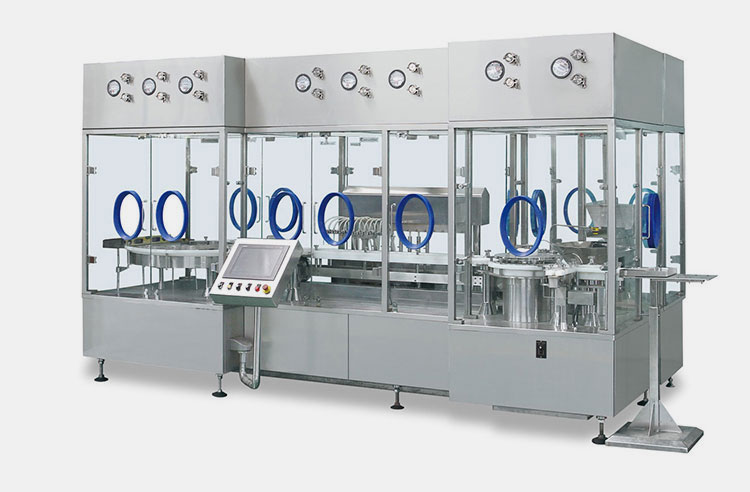
AIPAK ampoule filling and sealing machine
In above ampoule filling and sealing machine, empty ampoules are loaded in machine and transfer to filling station. There is sensor that detect its presence. Before filling, nitrogen is inserted in ampoules to create inert environment. Then, these are filled with injectable solution. For perfect sealing, ampoule necks are heated and heated pliers applied clamps to seal ampoules.
Quality control test
HPLC (High-Performance Liquid Chromatography)
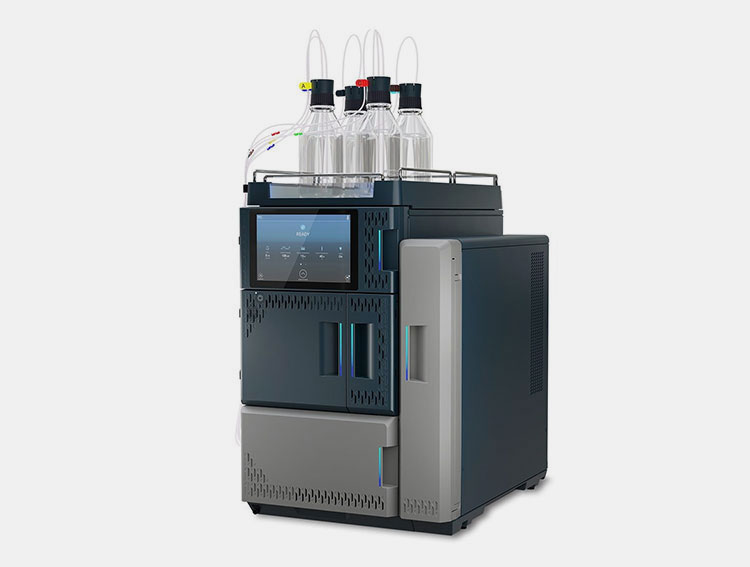
HPLC (High-Performance Liquid Chromatography)-picture courtesy: watercoorporation.com
This machine is used in quality control testing. It checks degradation of product, concentration of ascorbic acid or stability. Here, solution is loaded in columns. On the basis of chemical properties, impurities and vitamin c are separated.
Labeling machine
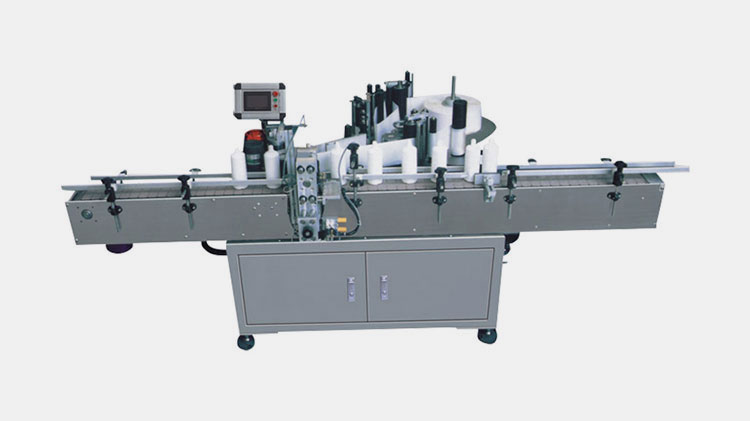
AIPAK labeling machine
Filled and sealed vials or ampoules are transferred to labeling machine. In this machine, labels containing date of manufacturing or expiration, product detail, storage conditions instruction are sticked to containers. A misplace labels are detected by sensors.
Cartoning machine
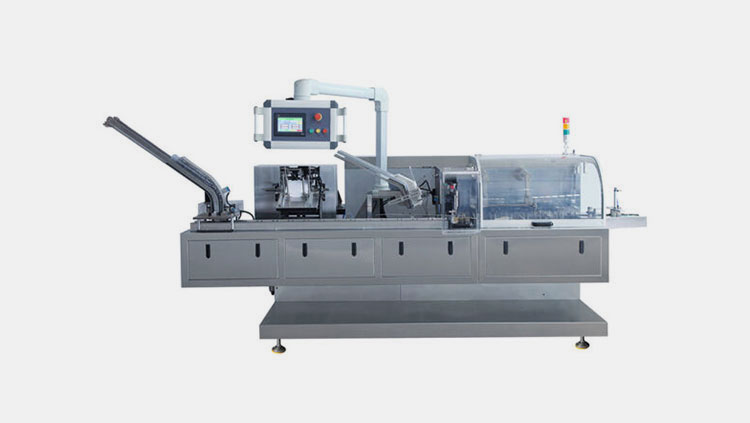
AIPAK cartoning machine
Injectable vitamin c is closed in final packaging that’s carton. This task is carried out by cartoning machine. Here, stacks of paper board are loaded in machine, erected and formed in desired packaging. Automatic arms loaded vials in cartons. Instruction leaflets are inserted for user’s convenience.
9.Are there any reactions when receive injectable vitamin c?
Side effects are rare if use properly, but may occur depends on dose and pre-exiting health issues. Injectable vitamin c is tied with side-effects but everyone of it varies in extent depends on person health, dose, way of administration etc. Some are mild like stomach upset, dizziness and go away within days or less, while some are severe like kidney stone, or electrolyte imbalance. So, yes there are reactions when received injectable vitamin c and here they are:
Gastrointestinal discomfort

Gastrointestinal discomfort-Picture courtesy: newsnetwork.mayoclinic.org.com
You might feel stomach upset or abdomen pain after receiving injectable vitamin c. Do you know why? After administer a high dose of vitamin c, gastrointestinal lining can be irritated and rapid increase of vitamin c level in blood can cause bloating or stomach upset.
Flushing

Flushing -Picture courtesy: onewelbbeck.com
Feeling warmth after getting injectable vitamin c? Flushing is connected with feeling warm on face or in body. Do you know why it is like this? Rapid infusion of vitamin c creates vasodilatory response creates short lived warmth. It is harmless.
Kidney stones
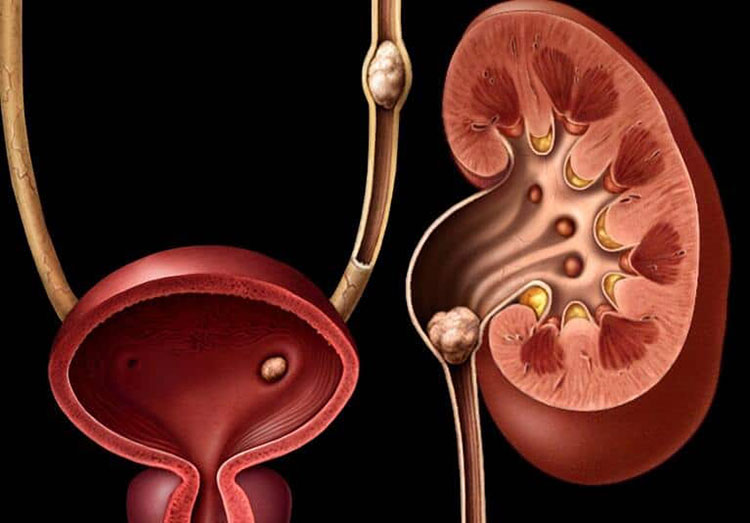
Kidney stones-Picture courtesy: mayoclinic.com
One of the reactions of injectable vitamin c is formation of kidney stones. These are formed by accumulation of oxalate in kidney. When you received high dose of vitamin c, it will metabolize to oxalate and will crystalize in kidney. This reaction will show in people with pre-renal disease or dehydration.
Electrolyte Imbalance
High dose injectable vitamin c is responsible for electrolyte imbalance. It influences the kidney function while monitoring electrolytes such as calcium, sodium or potassium. This can result in hypernatremia, fluid retention or hypocalcemia.
Allergic reaction
Allergic reaction can be shown while made an injectable vitamin c. What these reactions are? Itching, swelling, breath shortness and other mild reactions can catch you. If you are allergic to supportable ingredients of injectable. But the above-mentioned reactions are mostly due to preservatives. If you are allergic to this, try a preservative free injectable vitamin c.
10.Do you know who should avoid injectable vitamin c?
Injectable vitamin c is beneficial in physical health, skin glowing, and many others areas but there are people with certain problems or disease can not receive injectable vitamin c because it can cause side-effects for them rather than cure. Following below are group who should avoid injectable vitamin c.
Patient with kidney disease
Patient with kidney disorder or post-kidney problem should avoid injectable vitamin c. Reason? Vitamin c metabolizes in oxalate that accumulate in kidney. It can worsen the disease and can pose new renal problems.
Individuals with G6PD deficiency
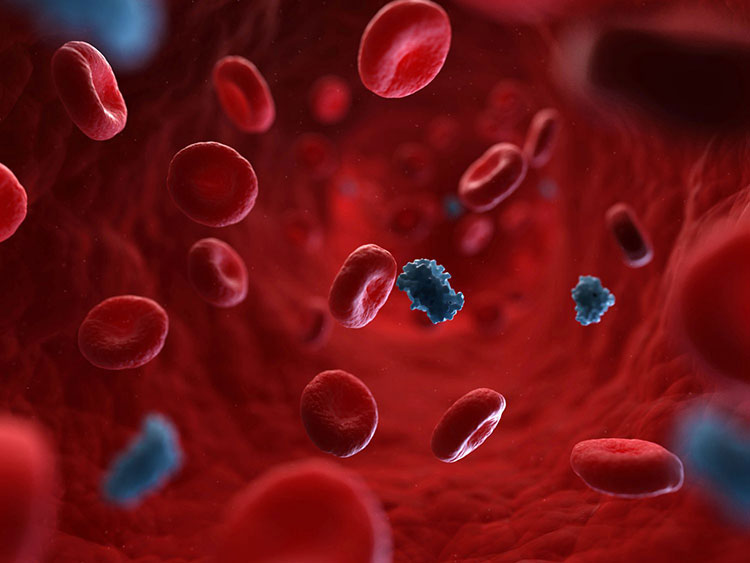
Individuals with G6PD deficiency-Picture courtesy: verywellhealth.com
People with glucose-6-phosphate dehydrogenase deficiency are at high risk of hemolytic anemia. When this water-soluble solution id given, it triggers hemolytic anemia results in destruction of red blood cells. However, they should avoid or talk to doctor about their condition.
Patients with iron-loaded disease
Patient with already loaded or maximum quantity of iron in body should avoid this vitamin c injection. This enhances iron absorption, it can damage organs such as heart, liver, kidney etc. People with thalassemia, sideroblastic anemia should be cautious while using this powerful injection.
Pregnant or breastfeeding women
Expecting women and milk-feeding women can get low dose injectable vitamin c but they should avoid getting high dose injection. It can be fatal for child development.
Dehydration

Dehydration-Picture courtesy: bremopharmacy.com
If your body is facing dehydration, avoid receiving high dose of vitamin c. It can pose mild or severe problems. Check to doctor and before infusion, hydrate yourself.
11.What are the storage conditions for injectable vitamin c?
To maintain its potency and stability, proper storage condition should be followed. Improper storing can result in discoloration, oxidation and ineffectiveness. You should follow below storage conditions for injectable vitamin c.
| Storage conditions | |
| Temperature
Injectable vitamin c should be store in refrigerator. High temperature is not suitable otherwise it would be breakdown. A temperature of two to eight centigrade is ideal for its storage. |
 |
| Air
You should keep vials tightly sealed. However, through cracked vials, oxygen will enter solution and would oxidize it, results in color change and potency loss. |
 |
| Light
Ingredients use in its formulation are sensitive to light. When they are exposed to light, degradation will occur. You should keep injectable vitamin c vials in dark place or keep solution in amber glass vials. |
 |
| Shelf life
Check for expiration date on vials as expired vitamin c injection can trouble patient’s health. Unopened vials of injectable vitamin c have long shelf life of two years but once its is opened, shelf-life drops, but still it depends what storage conditions you have provided. It lasts for twenty-eight days after first puncture but should be used as soon as possible. |
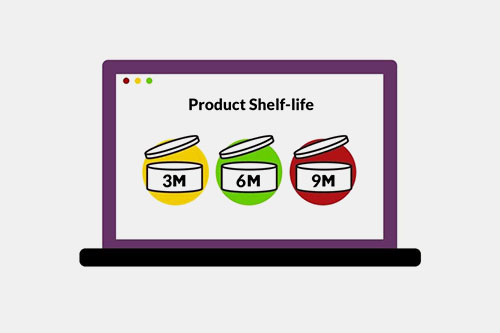 |
| Visual inspection and precautions
Keep it out of reach of children. Before use, check vials; solution inside it should be clear. If you notice cloudiness, yellow-color solution or other than clearer. Discard it or in touch with pharmacist. |
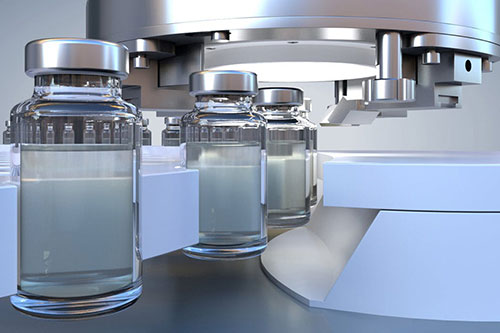 |
Conclusion
In a nut shell, it has been popular trend to get injectable vitamin c in a skin care world. You can use injectable vitamin c for improving or boosting immune system and to cure chronic illness. There are different methods to administer it, and each has different response rate depends on form, dose and intended purpose. It is important to note that there are people or patient who should avoid using injectable vitamin c, as discussed above. Different machines are used in its manufacturing process. If you are interested in learning more, you’re welcome to explore our website. Thanks!
Don't forget to share this post!
CONTACT US
Tell us your raw material and project budget to get quotations within 24 hours.
WhatsApp Us: +86 181 7101 8586
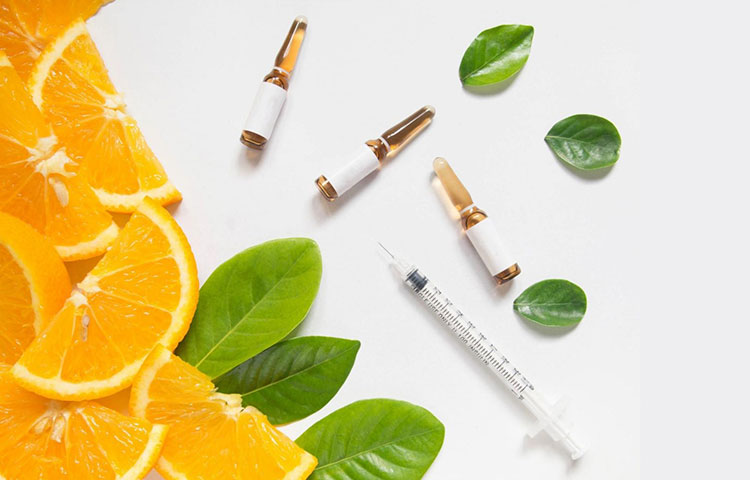 Tell us your material or budget, we'll reply you ASAP within 24 hours
Tell us your material or budget, we'll reply you ASAP within 24 hours

